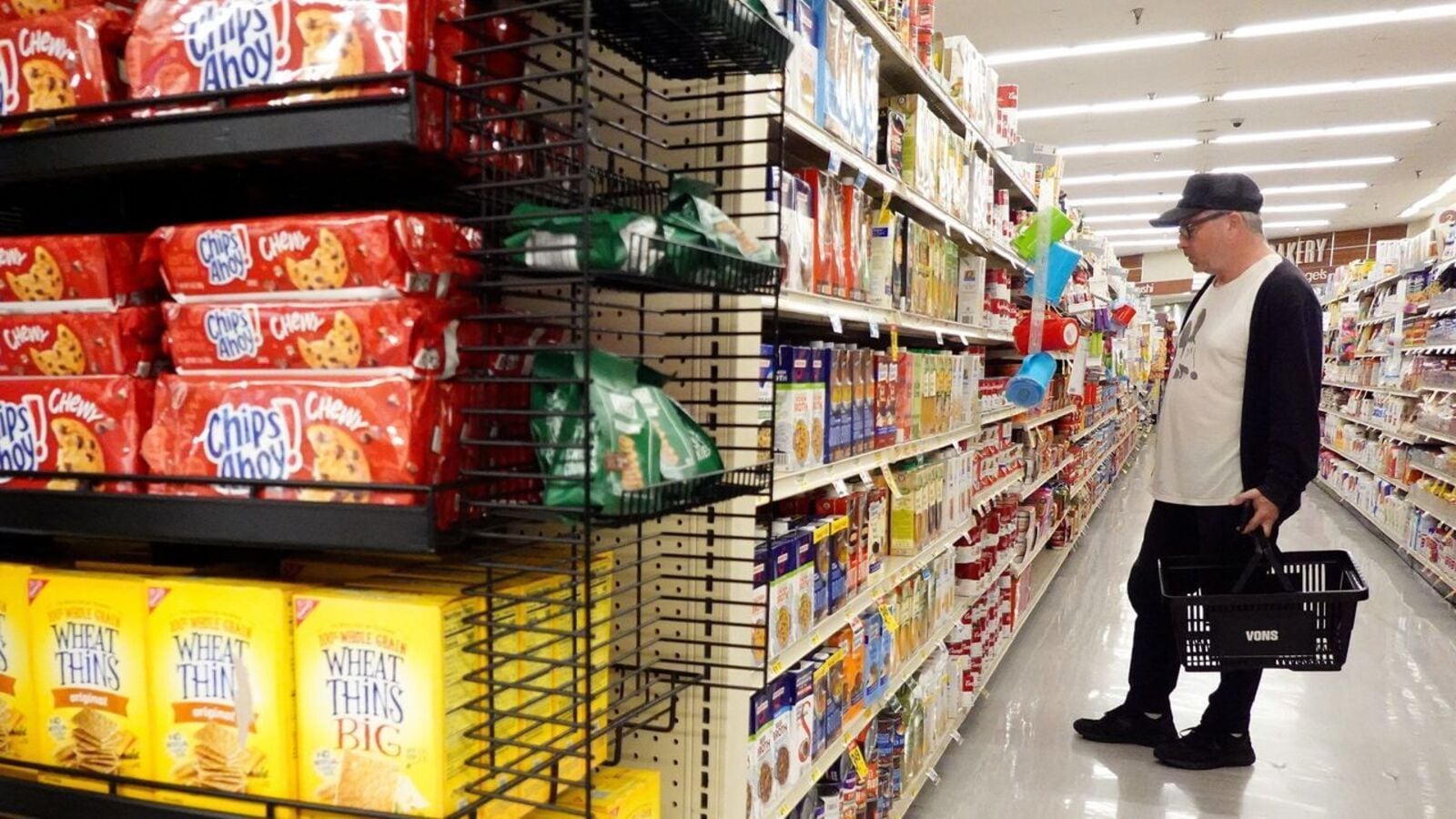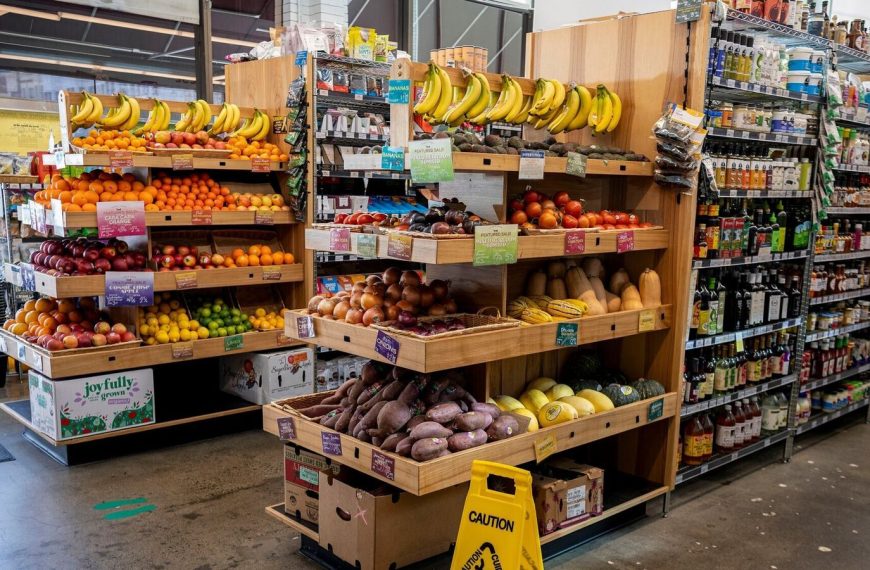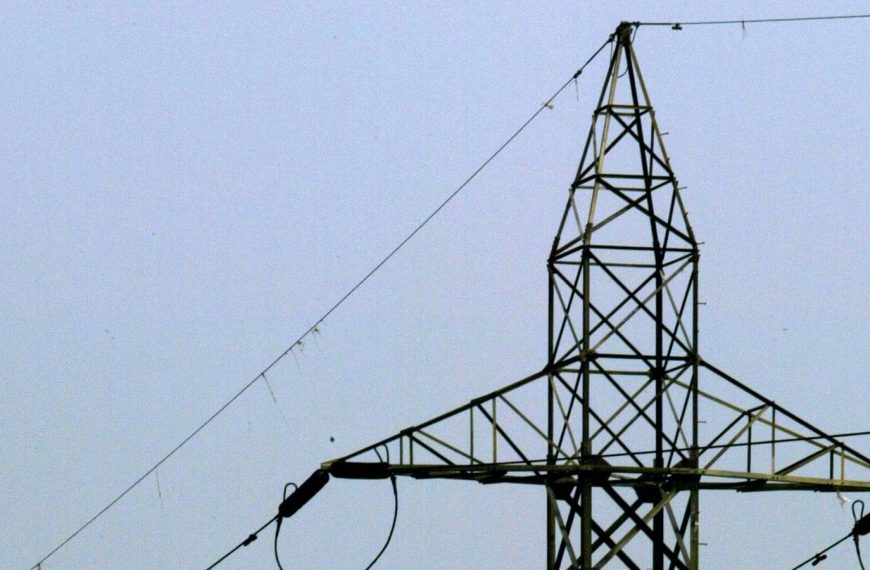In April, U.S. consumer prices experienced a modest rebound, resulting in the lowest annual increase seen in four years. This development has left economists pondering the future of inflation, especially in light of ongoing tariffs. The latest report from the Labor Department indicated that the price rise fell short of expectations, reinforcing the belief that the Federal Reserve is likely to maintain its pause on interest rate cuts until late summer.
Inflation Trends Amid Tariffs
The data suggests a cooling of price pressures just before the implementation of President Donald Trump’s extensive import tariffs, which are anticipated to start impacting consumer prices as early as May. Despite a significant diplomatic move towards easing trade tensions with China, a 10% tariff on the majority of imports remains in effect, along with various sector-specific tariffs.
- Consumer Price Index highlights:
- Overall price increase in April was below forecasts.
- Continued tariffs may affect future inflation trends.
Food Prices and Consumer Costs
Interestingly, the modest rise in consumer prices was tempered by a 0.1% decrease in food prices after a 0.4% increase in March. Grocery store prices saw a significant dip of 0.4%, marking the steepest decline since September 2020. This drop was largely driven by a staggering 12.7% fall in egg prices, although, when compared to the previous year, egg prices soared by 49.3%.
- Notable changes in food prices:
- Fruits and vegetables saw price decreases.
- Cereals and bakery items also dropped in cost.
- Nonalcoholic beverages, however, saw a 0.7% increase.
Energy Costs and Consumer Spending
In the energy sector, gasoline prices slightly declined by 0.1%, yet consumers are facing rising costs for natural gas and electricity. This mixed bag of price changes highlights the complexity of the current economic landscape as consumers navigate fluctuating costs.
- Key points on energy prices:
- Gas prices are easing slightly.
- Higher expenses for natural gas and electricity persist.
As the economic environment evolves, the interplay between tariffs and consumer prices will be crucial for understanding future inflation trends and the potential actions of the Federal Reserve. With ongoing negotiations and policy changes, staying informed about these developments is essential for consumers and investors alike.











